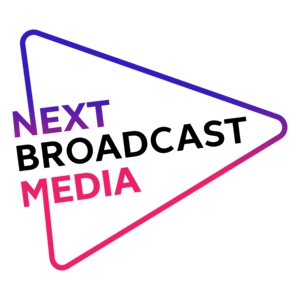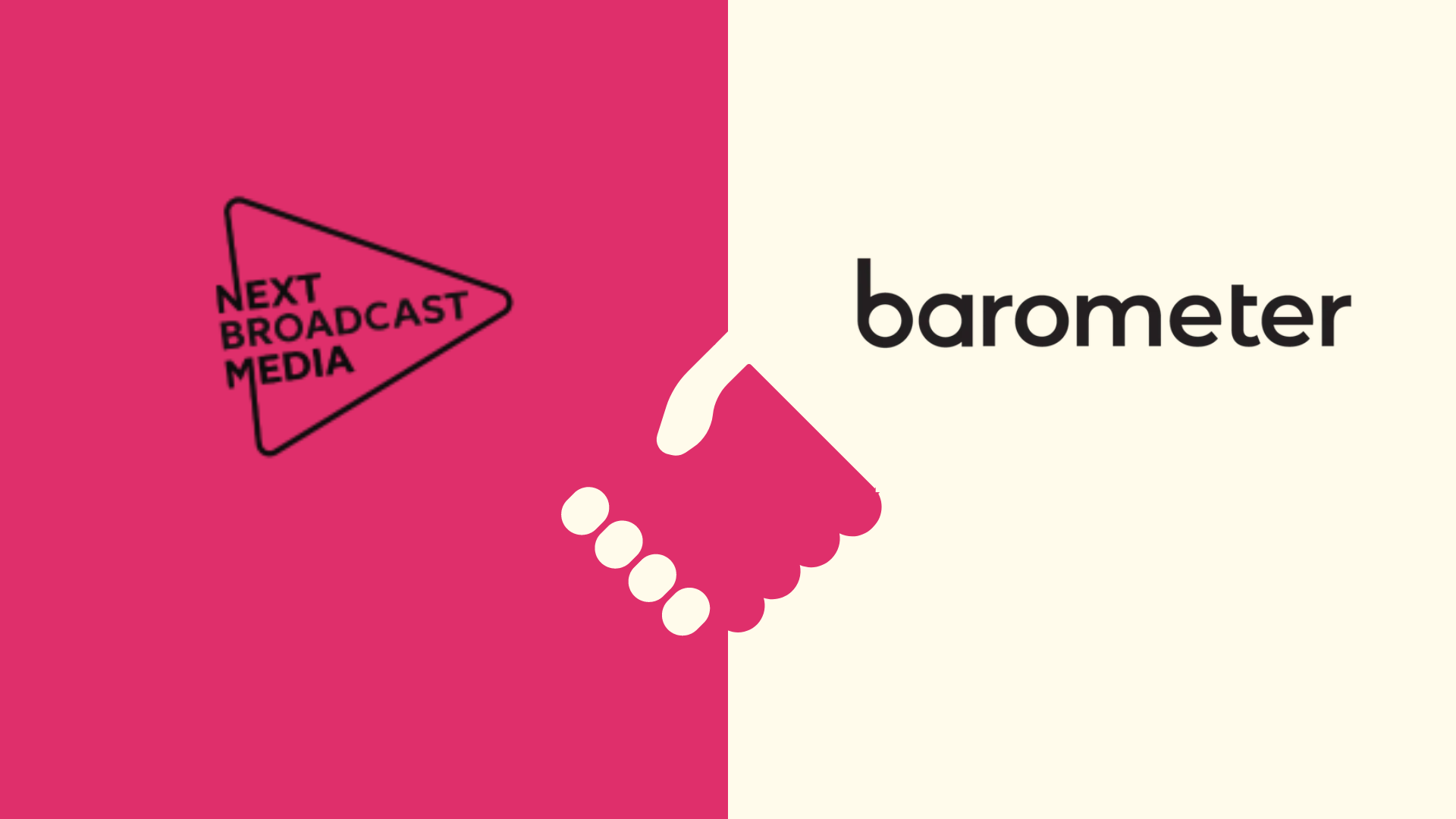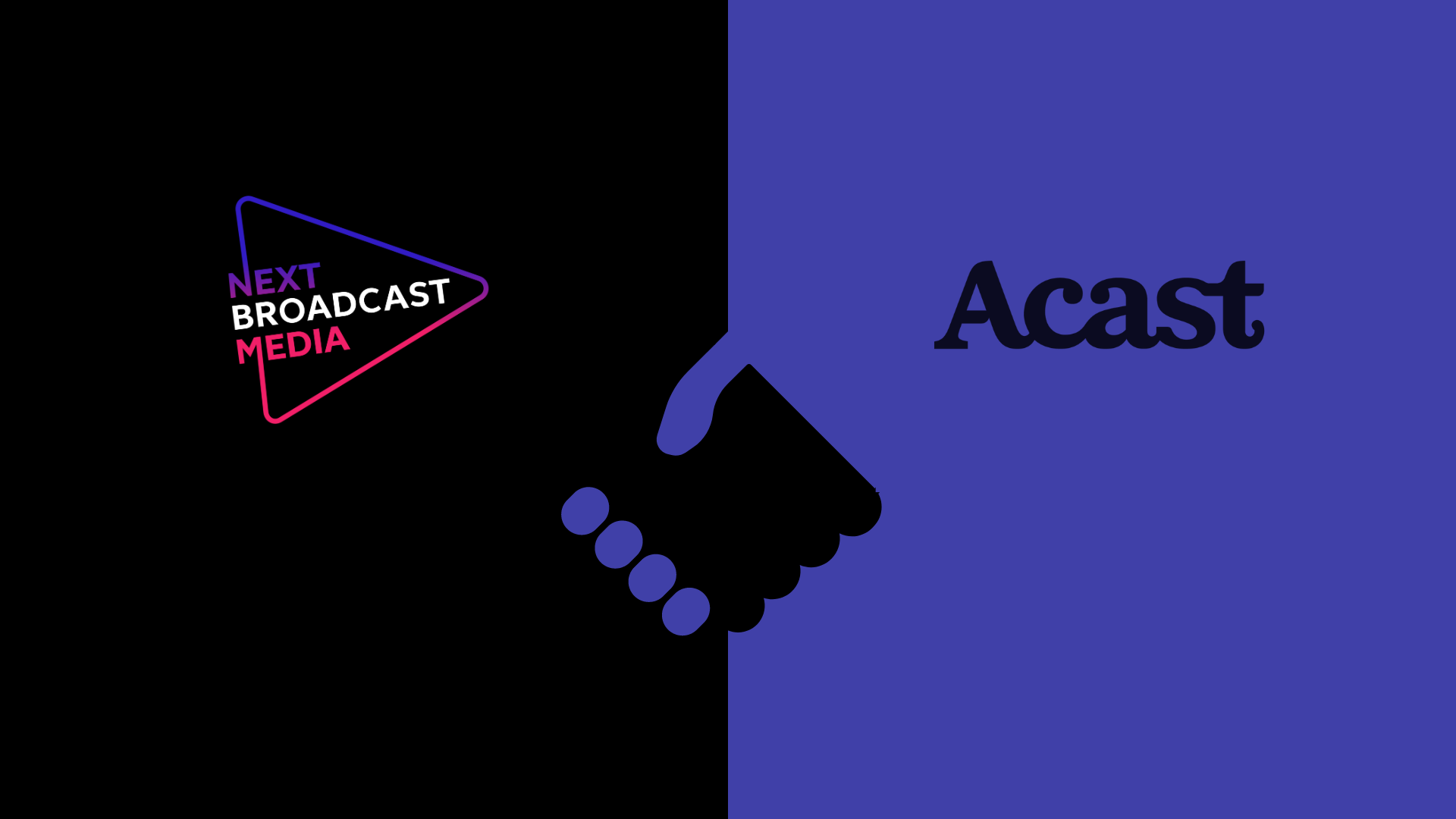Behind every successful podcast ad campaign is a well-considered audience targeting strategy. But what are the available targeting options for programmatic podcast advertising?
Let’s look at podcast ad targeting!
Advertising across the podcast universe is arguably one of the best ways to scale your brand. In order to realise optimal engagement with your programmatic ad campaign, audience targeting needs to be understood and well-considered.
PODCAST AUDIENCE TARGETING
There are a variety of ways you can reach your specific audience with podcast ads. There’s geographic, demographic and interest targeting. Plus dynamic and transcript targeting for even deeper personalisation. But before we go into the details of each, there’s a golden rule that first needs to be understood.
DON’T GET TOO NARROW!
If you segment your audience too deeply, it will impact your ROI. Read on, and I will give you expert tips on how balance targeting just right. Let’s move onto the 6 different types of podcast audience targeting, and our recommendations.
PODCAST CONTEXTUAL TARGETING
I start with contextual (or interest) targeting because when it comes to podcast ads, context is king!
Interest targeting is all about genre. In podcasting, there are genres that have very specific listeners, such as religion, parenting/mums, and politics. As well as more generic genres that have a wider appeal like comedy or society and culture. Within genres, there are subgenres too – such as comedy-drama, or sports-football.
The top five podcast genres by listener numbers are Comedy, News, True Crime, Sports, and Health and Fitness. For the majority of brands, we suggest including both narrow and broad genre targeting. This is because you can’t assume Comedy podcast fans aren’t entrepreneurs. Or Finance listeners are just men.
As a podcast ad network, we have wide listener insights that help us identify the perfect match for your industry campaign. Interest targeting means your campaign will be personalised and aligned to what your customers care about and their lifestyle.
PODCAST TRANSCRIPTION TARGETING
Within the realm of contextual targeting is transcription targeting. A text-to-voice tool that allows brands to specifically exclude or include topics at an episode level. This means you could, for example, target the Comedy genre but avoid any episodes that include topics on politics.
The power of episode transcription means you know exactly what you are buying and optimises brand safety.
PODCAST DEMOGRAPHIC TARGETING
Demographic targeting can include many different segments, including age, gender, marital status, and occupation. You can use these parameters to narrow your targeting and become very niche. Audio ad companies achieve this level of targeting by using IP-based demographic targeting.
While useful, the biggest fault of such narrow targeting is the huge amount of inventory it cuts out. For example, when downloads take place outside of the home it can’t use the household IP address to verify the listener, reducing reach.
Instead, we recommend first and foremost targeting by context and geo.
PODCAST GEO-TARGETING
Geo-targeting is a very useful segment, as it includes location and language.
Buying audio ad inventory across a network using specific geo-signals will give you both a large reach while still ensuring an exact audience is selected – no matter how they are listening or what they are listening to.
A good use case could be a local restaurant targeting listeners within the same city. Or a global eCommerce company targeting the countries they ship to. Plus, businesses can ensure the ad creative is spoken in the correct language, using language targeting.
Geo-targeting is one of the most used podcast ad targeting parameters.
PODCAST DYNAMIC TARGETING
Dynamic targeting allows you to pick the ad spot – pre, mid, or post-roll. Podsights Q3 2022 report found advertisers that targeted pre-roll tend to achieve higher conversion rates. Post-roll ads are typically the least expensive placement and the lowest on performance too.
Time-based dynamic targeting is also a beneficial parameter worth considering. It allows for ads to be delivered at specific times. For example during Ramadan brands can target by pre and post-iftar hours. Or for events like the World Cup, brands can switch up the creative based on match outcomes.
PODCAST RETARGETING
After targeting, comes retargeting.
Thanks to tracking pixels, you can send display ads to podcast listeners that have been exposed to your podcast campaign, driving performance way up.
USING TARGETING FOR THE AD CREATIVE
Podcast listeners have come to expect a certain level of personalisation, achieved through precise targeting. But they also expect a more intimate form of ad style. You need your ad creative to seamlessly match the mood and interest of the listener. At NBM we like to use targeting parameters to help guide the correct tone, music, words and style for our client’s ad we create.
THE BOTTOM LINE
At the end of the day, good podcast advertising is all about the right message delivered in the right setting to the right people. Nail this and your brand awareness and interest will be sky-high.




